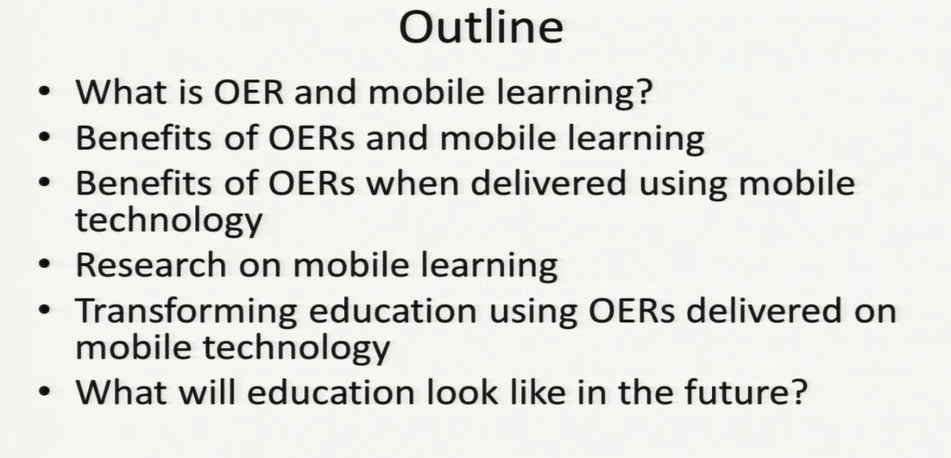This study draws from the social reproduction theory of Pierre Bourdieu, in particular Bourdieu's concept of habitus, in an attempt to uncover the means by which California community college students are channeled into particular transfer destination...
http://chineseinput.net/에서 pinyin(병음)방식으로 중국어를 변환할 수 있습니다.
변환된 중국어를 복사하여 사용하시면 됩니다.
- 中文 을 입력하시려면 zhongwen을 입력하시고 space를누르시면됩니다.
- 北京 을 입력하시려면 beijing을 입력하시고 space를 누르시면 됩니다.
https://www.riss.kr/link?id=T11141859
- 저자
-
발행사항
[S.l.]: University of California, Los Angeles 2006
-
학위수여대학
University of California, Los Angeles
-
수여연도
2006
-
작성언어
영어
- 주제어
-
학위
Ph.D.
-
페이지수
128 p.
-
지도교수/심사위원
Adviser: Arthur M. Cohen.
-
0
상세조회 -
0
다운로드
부가정보
다국어 초록 (Multilingual Abstract)
This study draws from the social reproduction theory of Pierre Bourdieu, in particular Bourdieu's concept of habitus, in an attempt to uncover the means by which California community college students are channeled into particular transfer destinations, specifically, the California State University, the University of California, and four-year for-profit universities such as the University of Phoenix. Bourdieu's concept of habitus, operationalized in this study as ascribed characteristics of students, such as ethnicity, class, and gender, and organizational qualities of the community college, such as transfer rates, percentages of students receiving need-based aid and requiring remedial coursework, were examined in an effort to discern the effects of social background characteristics, academic experiences, and institutional effects in the transfer process. Multinomial logistic regression analysis was used to ascertain the predictive value and relative strength of each of the variables in the model. In addition, the relative risk ratios for three distinct contrasts were estimated. The risk ratios associated with the set of social, academic, and organizational qualities on transfer to the CSU were compared with those associated with transfer to the University of California and for-profit universities. Predicted probabilities, based upon ethnicity and financial need, of attending the most selective institution (i.e. the University of California) were also calculated. This procedure allowed for certain characteristics, such as full or part-time attendance or academic area of emphasis, to be held constant thus illuminating the effects of such variables as race, gender, and the transfer rate of the community college. For the total population of community college students, social background, academic experiences, and organizational characteristics had predictive effects on the transfer outcome. Specifically, the strongest predictors of transfer to the University of California were GPA, being Asian, and the transfer rate of the community college. Age exerted the strongest negative effect on transfer to the University of California. The strongest predictors of transfer to the for-profit segment were age, part-time attendance at the community college, being African American, and male. GPA exerted the strongest negative effect relative to the other predictors on transfer to the for-profit segment. For the total population of community college students, Asian males and females had the highest predicted probabilities of transfer to the UC while African American males and females had the highest predicted probabilities of transfer to the for-profit segment. For the traditional group of community college students, Asian males and females had the highest predicted probabilities of transfer to the University of California and Latino males and females had higher predicted probabilities of transfer to the University of California than white students. For the entire population of community college students, the transfer rate of the community college had no impact on the predicted probabilities of transfer to particular institutions; however, consistent with previous community college research, for the traditional subset of community college students, the transfer rate of the community college exerted a positive effect on transfer. Specifically, the predicted probability of transfer to the University of California was higher when students were enrolled at community colleges with higher transfer rates.
분석정보
연관 공개강의(KOCW)
-

Developments in 14-19: Institute of Education
Teachers TV Teachers TV -

Education Policy at the Party Conferences
Teachers TV Teachers TV -

Alcohol Education: Here's What We Want
Teachers TV Teachers TV -

Personal Finance Education: The Money Quiz
Teachers TV Teachers TV -

2014 이러닝 국제 콘퍼런스 : Open Education Resources with Mobile Learning to Transform Education
한국교육학술정보원 Mohamed Ally






